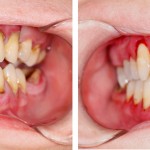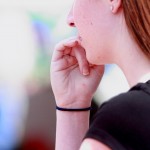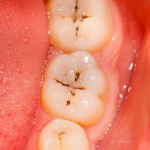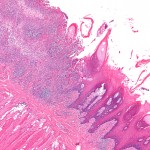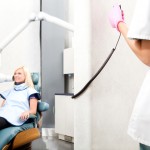
This review compared direct digital sensors and indirect photostimulable phosphor plates for the detection of caries. Six studies were included in the review with 4 contributing to the meta-analysis. There was no significant difference between the two systems and they displayed good specificity and limited sensitivity.
[read the full story...]
